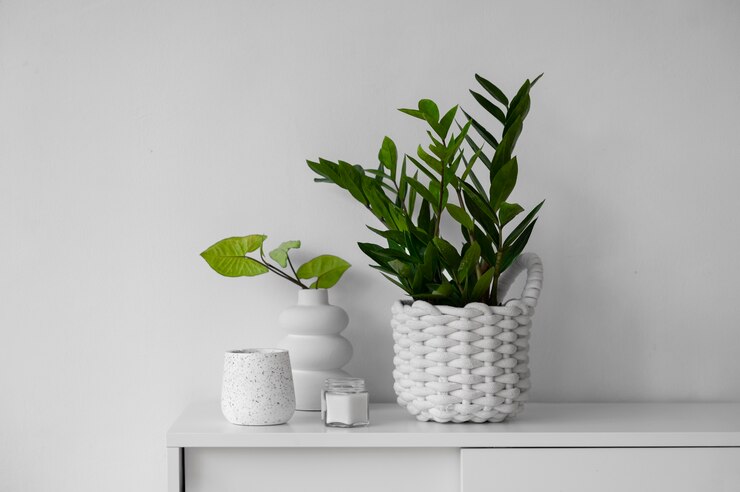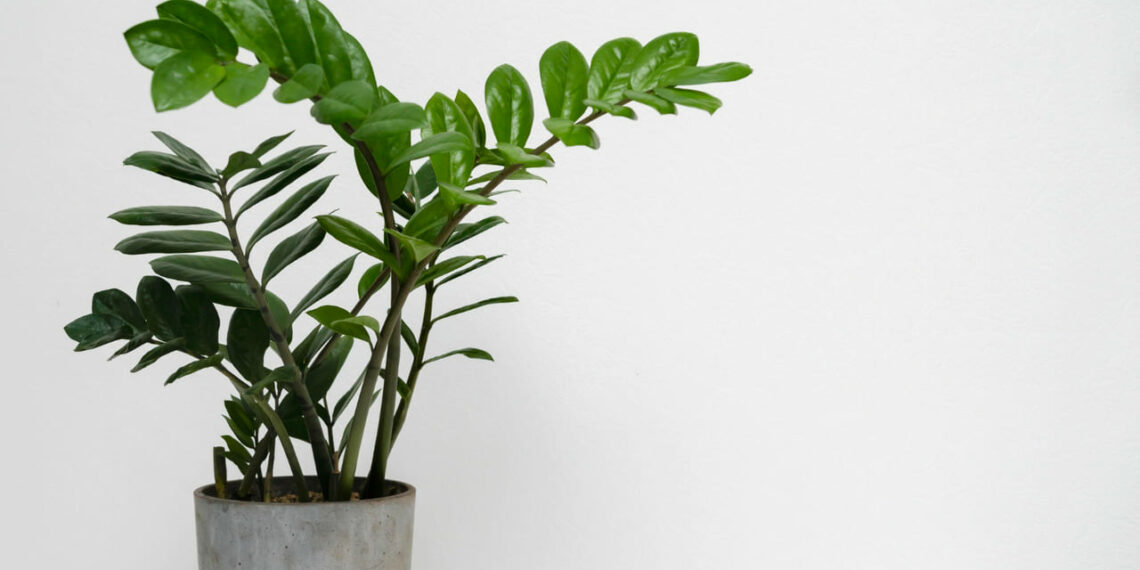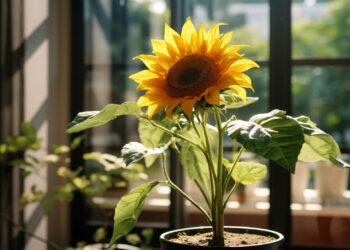Few houseplants combine bold design, minimal care, and adaptability as effortlessly as the zamioculca, also known as the ZZ plant. With its deep green, glossy leaves and architectural structure, this tropical perennial has become a favorite in interiors ranging from sleek, minimalist apartments to bohemian-style homes. But it’s not just about aesthetics — the zamioculca’s true charm lies in how forgiving it is, making it perfect even for those with less-than-green thumbs.
According to Jennifer Nardozzi, horticulturist and stylist at Urban Greenery Co., “The zamioculca is the perfect balance between form and function. It adds a luxurious feel to any room without asking much in return.” That rare combination — elegance and ease — is precisely why this plant has surged in popularity among both interior designers and homeowners.
A Plant Designed for Modern Living
The zamioculca zamiifolia, native to East Africa, naturally thrives in dry, low-light environments, which translates well to modern interiors. Whether placed in a dim hallway or a bright living room, it continues to grow with an understated grace. Its upright, symmetrical growth habit makes it ideal for corners, entryways, or atop sideboards, where its form can shine as a natural sculpture.
The plant stores water in its rhizomes — thick, tuberous roots that act as reservoirs. This unique trait allows it to go for weeks without watering, a feature that busy plant owners or frequent travelers deeply appreciate. “You don’t need to worry about it daily,” says Marcos Hillman, a botanical design consultant in Miami. “That’s why it’s known as a ‘set-it-and-forget-it’ plant in the industry.”
Versatility That Fits Any Décor
From a visual standpoint, the zamioculca is remarkably adaptable. Its waxy leaves complement high-contrast spaces, such as monochrome kitchens or wood-accented home offices. In boho or maximalist interiors, it adds a structured element that balances softer, wilder arrangements.

Interior designers also favor it because it pairs well with various planters — ceramic, stone, woven baskets — and maintains a clean silhouette with little pruning. Whether as a centerpiece on a console table or standing tall in a minimalist pot beside a reading chair, the zamioculca always looks intentional.
Moreover, it’s not just beautiful — it’s functional. As cited by NASA’s Clean Air Study, the zamioculca contributes to air purification, helping to remove pollutants like benzene and formaldehyde from enclosed environments. In homes where wellness meets aesthetics, that’s a win-win.
Care Tips for Thriving Indoors
Though low maintenance, the zamioculca still benefits from a few thoughtful care habits. It prefers well-draining soil and a container with proper drainage holes to prevent root rot. It thrives in indirect light but can also handle low-light settings. Overwatering is one of the few mistakes to avoid, as the roots are prone to rot if left in soggy conditions.
During the growing season — typically spring and summer — you can feed it with a diluted balanced fertilizer once a month, but even this isn’t strictly necessary. Cleaning its leaves occasionally with a damp cloth will restore their natural shine and keep the plant photosynthesizing efficiently.
One point to note: while it’s a stunning addition to homes, zamioculca is toxic if ingested. Keep it out of reach of pets and young children to ensure a safe and stylish environment.

Enfeite Decora is a digital publication dedicated to inspiring and informing enthusiasts of architecture, interior design, and gardening. The editorial team (credited in the content) includes specialized writers, landscape designers, gardeners, and individuals passionate about transforming spaces.
Content Curator: Cláudio P. Filla | Advertising Professional & Social Media Manager
Email: [email protected]





Discussion about this post